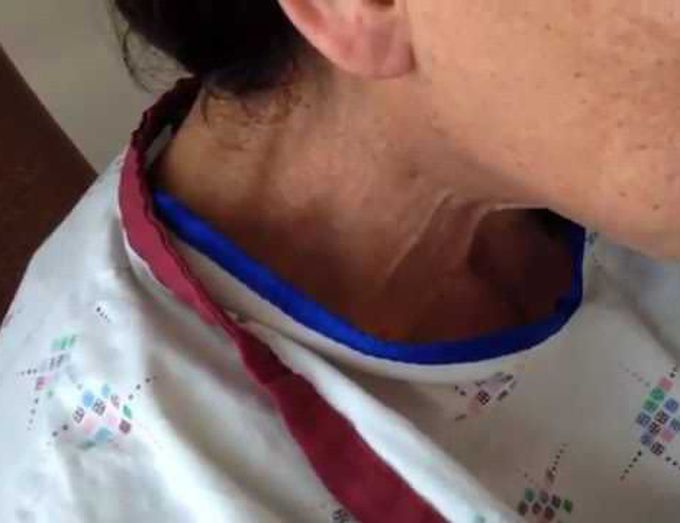


Kussmaul's Sign
A 55-year-old woman with a remote history of Hodgkin's lymphoma treated with mantle-field radiation was admitted with subacute, progressive dyspnea on exertion, which had developed over a period of 2 to 3 weeks. On examination, the blood pressure was 97/59 mm Hg and the respiratory rate 20 breaths per minute. Distention of the jugular veins and elevation of jugular venous pressure during inspiration, known as Kussmaul's sign, were observed (see video). Heart sounds were normal. A pulsus paradoxus was not observed. The lungs were clear on auscultation. A transthoracic echocardiogram showed a thickened pericardium without pericardial effusion. Kussmaul's sign is the paradoxical rise in jugular venous pressure with inspiration. Decreased intrathoracic pressure during inspiration normally leads to an increase in venous return to the right side of the heart, with an associated decrease in jugular venous pressure. When there is impaired filling of the right ventricle, the jugular veins instead become engorged. Causes of Kussmaul's sign include right ventricular infarction, severe right ventricular failure, restrictive cardiomyopathy, constrictive pericarditis, and tricuspid stenosis. It was postulated that this patient had constrictive pericarditis related to mediastinal radiation therapy, leading to impaired filling of the heart and giving rise to Kussmaul's sign. She was treated with diuretics, which resulted in an improvement of symptoms and averted the need for more invasive therapy.

